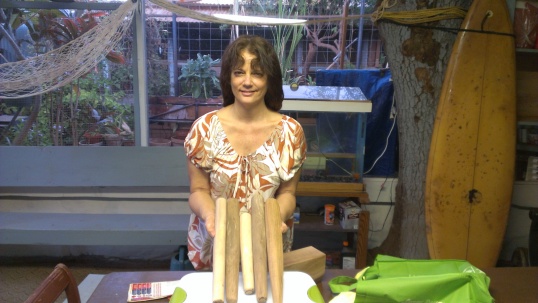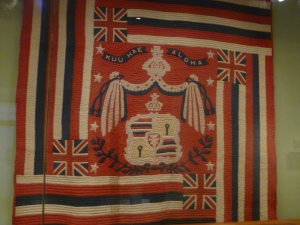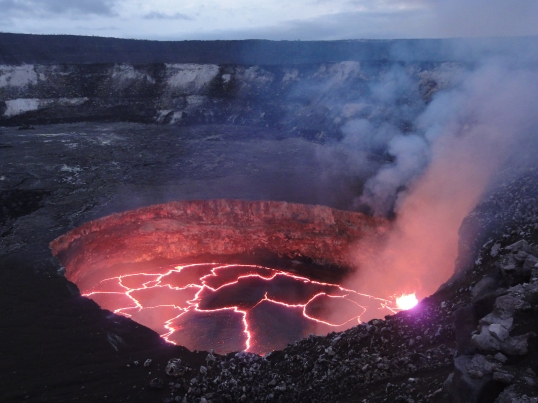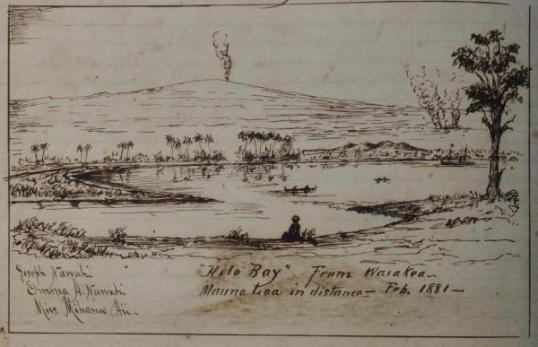Bark Cloth of Aotearoa and Rapa Nui ~ New Zealand and Easter Island
The word “Polynesia” comes from two Greek root words “poly” which means many, and “nesos”, or nesia, which translates as islands. Therefore, Many Islands is the meaning of Polynesia. The island nation of Aotearoa, also called New Zealand, is located in the western region of the South Pacific Ocean. Rapa Nui, also called Easter Island, is located off the coast of Chile, in the eastern South Pacific. Aotearoa and Rapa Nui make up the base of the Polynesian Triangle, which has the Hawaiian Islands at the northern apex. All the islands within the borders of the Polynesian Triangle are considered part of Polynesia.
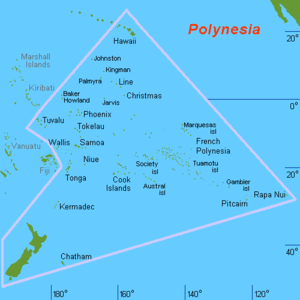
In Aotearoa, aute is the name given to the paper mulberry tree and the beaten cloth. What evidence do we have to tell the story about aute from Aotearoa? Well, historians and archaeologists have been able to piece together some important facts from the very little material remains of aute by the Maori people. Firstly, aute is mentioned in Maori oral histories. In particular, the kite of the demi-god Maui. It is believed that the paper mulberry tree was brought on the canoes of Polynesian ancestors and was cultivated on aute plantations up until the 1840’s. According to historical documents, Captain Cook was shown a highly valued plantation of aute trees in 1769. The impact of European contact and cattle farming are causes that led to the final extinction of Maori aute plantations. However, evidence indeed proves that aute was used for wrapping religious god images and protecting valuables; as seen in the finished pieces found hidden in ancient dry caves. Furthermore, some worn aute beaters have been recovered in swamps and these are estimated to be several hundred years old. Apart from this evidence, not much of material remnant has been found of the aute of Aotearoa.
There is less information available about the production of bark cloth in Rapa Nui. Even so, several figurines and artifacts that have been found. These are either completely made of tapa cloth or dressed in tapa cloth. Some are said to be god images, they have a fierce expression and are in a seated position with arms bent (Peabody Museum).

Rapa nui figurine-Painted Tapa Cloth -Peabody Museum of Archaeology and Ethnology- Harvard University, Oceania Collection

Rapa Nui Headband-Peabody Museum of Archaeology and Ethnology-Harvard University


